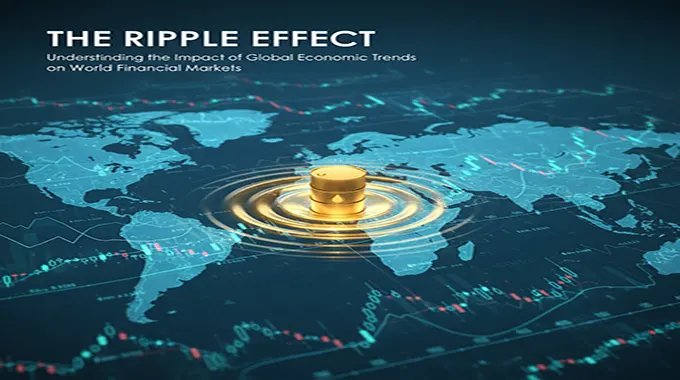The Role of Digital Currencies in Transforming World Finance
The world’s financial system is undergoing a profound transformation, driven by the rapid evolution and adoption of digital currencies. These include established cryptocurrencies like Bitcoin and Ethereum, value-pegged stablecoins, and emerging Central Bank Digital Currencies (CBDCs). Far from being a niche technology, digital currencies are challenging traditional banking models, enhancing payment efficiency, and reshaping the global economic landscape.
1. Revolutionizing Payments and Remittances
One of the most immediate and impactful changes brought by digital currencies is the streamlining of domestic and cross-border payments.
- Speed and Cost Efficiency: Traditional international transfers often involve multiple intermediaries, resulting in high fees (sometimes up to 7% of the transaction value) and slow settlement times. Blockchain-based currencies, particularly stablecoins, can facilitate near-instantaneous, 24/7 transfers with significantly lower transaction costs. This is particularly vital for remittances to lower-income countries, where reduced fees can provide a substantial boost to the economy.
- Decentralization and


















